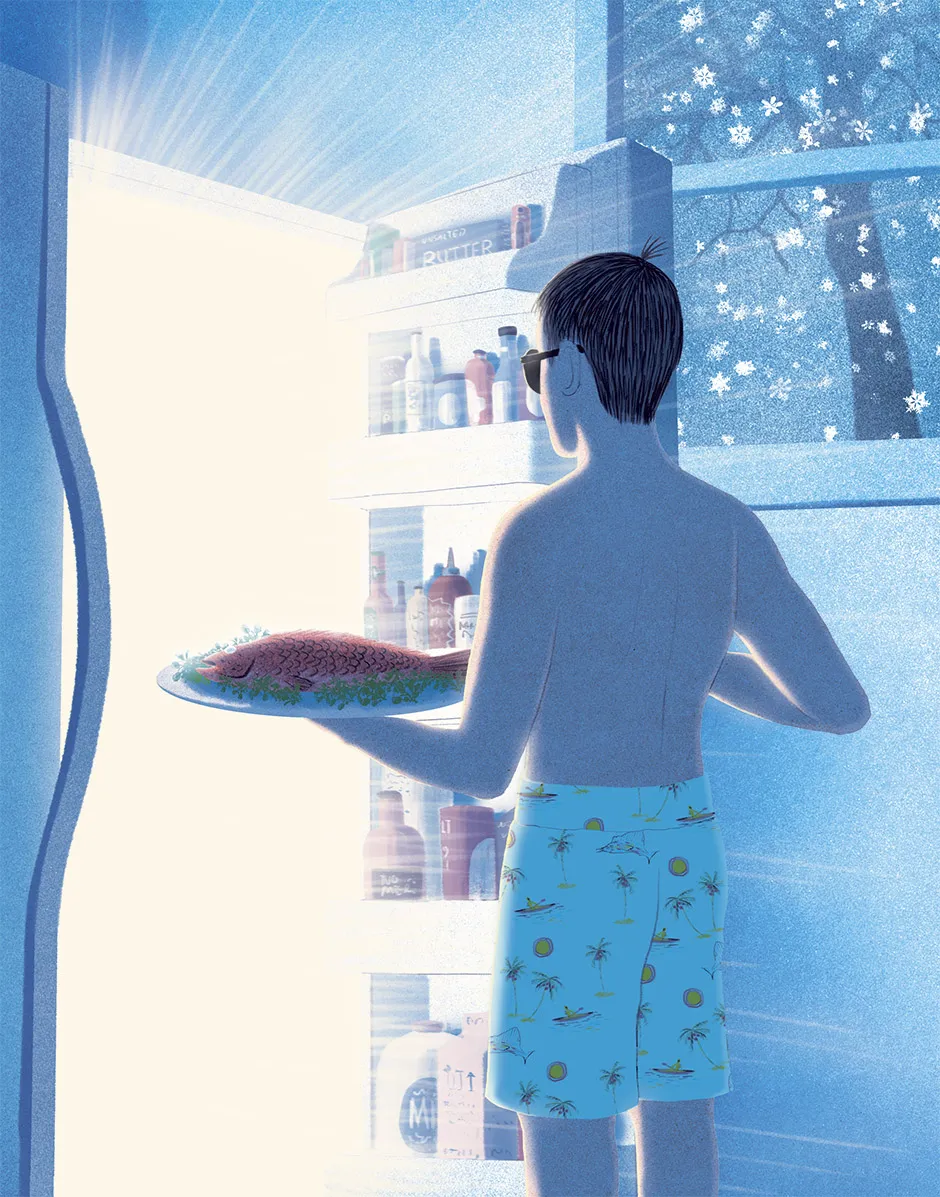According to the Danish writer Henrik Nordbrandt, there are 16 months: “November, December, January, February, March, April, May, June, July, August, September, October, November, November, November, November.”
November is long and miserable. The clocks have gone back, the days are shorter, and it’s cold and damp. This year, looming over everything else, is the threat of COVID-19.
What I find particularly difficult about the shorter days is that I am part of the roughly 10 per cent of the British population who suffer from seasonal affective disorder (SAD). Like most people with SAD, I get more gloomy and introspective as the winter wears on.
I sleep badly, find it harder to get motivated and develop a serious craving for sugary carbs. You may be thinking, “Who doesn’t?” but there is evidence that people with SAD have, during the winter months, higher than normal levels of something called SERT (a serotonin-transporting protein).
Read more from Michael Mosley:
- The Diagnosis Detectives and the mysterious case of the swollen eye
- In praise of caffeine, the world’s most widely consumed psychoactive drug
- Going vegan might be good for the planet, but giving up eating meat entirely won’t necessarily make you healthier
Higher levels of SERT mean lower levels of serotonin, a neurotransmitter linked to feelings of wellbeing and happiness. That could explain why, in winter, SAD people feel so low.
A few years ago, while making a film about SAD for Trust Me, I’m A Doctor, I met Anna Wirz-Justice, professor emeritus at the Centre for Chronobiology at the University of Basel, Switzerland. She told me that, in winter, lack of exposure to daylight can throw our biological rhythms out of sync, which leads to the kind of symptoms that characterise ‘the winter blues’ or SAD.
So I bought a light box, which sits beside my computer and bathes me in 10,000 lux of bright white light for an hour or so in the mornings while I sit tapping away. I also go on early walks with our dog, since exercise outdoors in the morning light seems to be particularly effective at reducing the impact of SAD.

Beyond that, I’d also recommend switching your diet to something richer in fish and fibre. In 2017, scientists from the Food and Mood Centre in Melbourne published the results of the SMILEs study, which involved randomly allocating 67 patients with moderate or severe depression, most of whom were on medication or having psychotherapy, to either a Mediterranean-style diet or ‘social support’.
Those in the diet group were asked to eat more vegetables, fruits, nuts, eggs, fish and olive oil. They were asked to drink red wine, rather than beer or spirits, and to cut back on sweets, refined cereals, fried food, fast food, processed meats and sugary drinks.
There were impressive differences between the groups after 12 weeks, with those on the Mediterranean diet getting much lower scores for depression and anxiety. In fact, 32 per cent of those on the Med diet went into remission (no longer ‘depressed’). Those who stuck closest to the Mediterranean diet enjoyed the biggest improvement in mood, so it is certainly worth giving it a go.
- This article first appeared inissue 356 ofBBC Science Focus–find out how to subscribe here